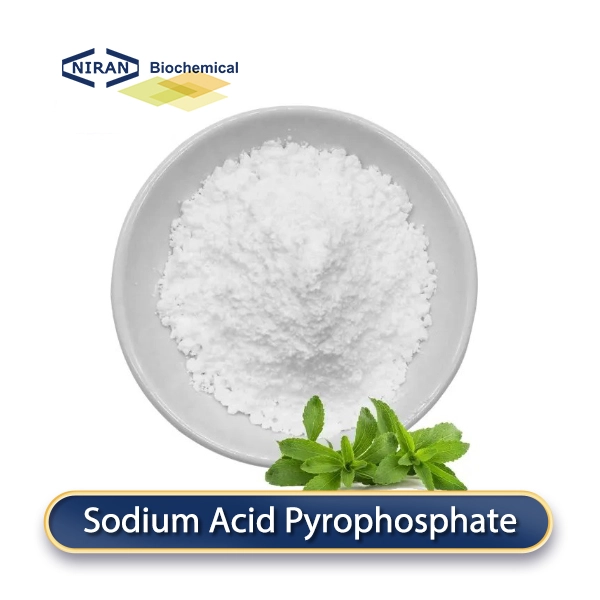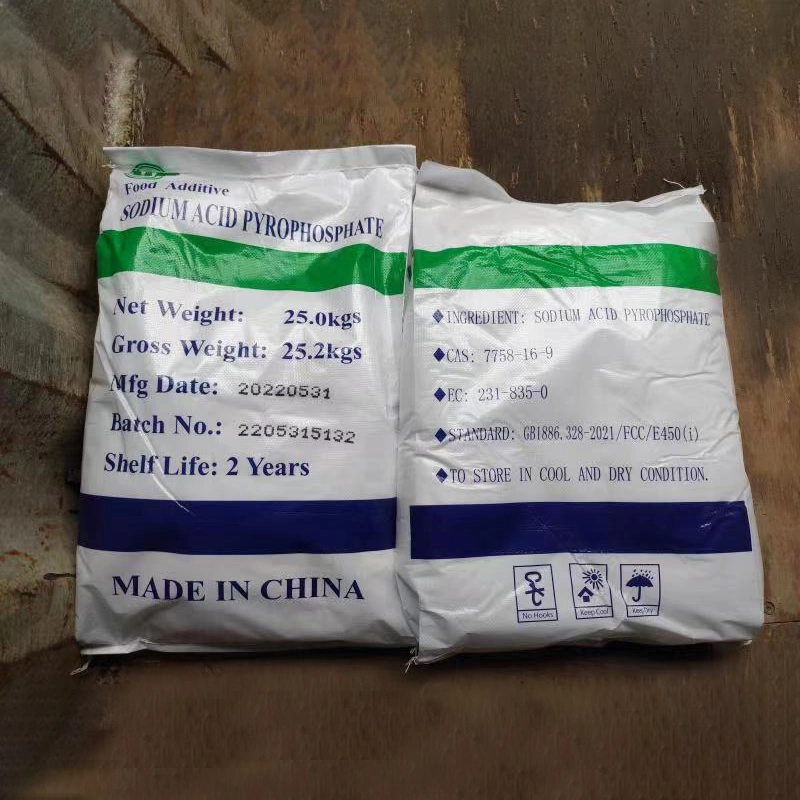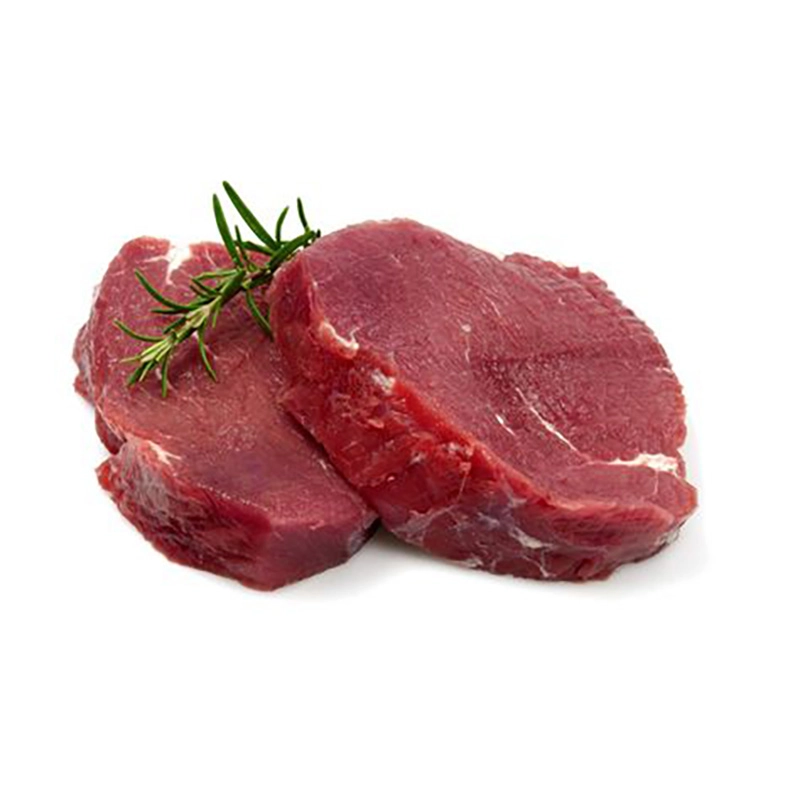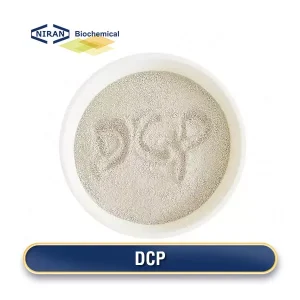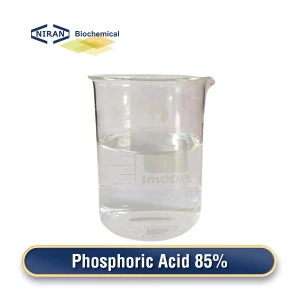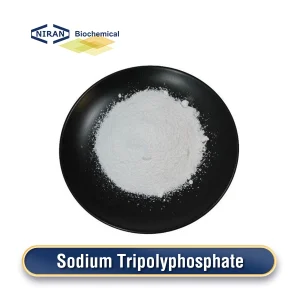Sodium Acid Pyrophosphate Production Methods
There are several main production methods for sodium acid pyrophosphate:
1. Thermal method: Due to its high efficiency and economy, the thermal method is currently the mainstream method for producing sodium acid pyrophosphate in China.
2. Neutralization method: It is suitable for occasions with high requirements for product purity, but the process complexity and cost are slightly higher than the thermal method.
Related parameters:
| Items | Units | Specifications |
| Assay, ω | % | Min. 95 |
| P2O5 | % | 63.0~64.5 |
| Water Insoluble, ω | % | Max. 0.5 |
| pH (1% Solution) | 4.0~4.6 | |
| As | mg/kg | Max. 3 |
| Heavy Metal | mg/kg | Max. 10 |
| Pb | mg/kg | Max. 2 |
| F | mg/kg | Max. 20 |
| Whiteness | % | Min. 90 |
| ROR, v | % | 26~30 |
| Orthophosphate | Pass Test | |
| Bulk Density | g/cm 3 | Min. 0.7 |
| Particle Size (- 100 mesh), ω | % | Min.90 |
Recommended dosage
| Food Name | Maximum usage(g/kg) |
| Bread | 5 g/kg |
| Cake | 4 g/kg |
| Biscuits | 3 g/kg |
| Instant baking powder | 20 g/kg |
| Flour improver | 2 g/kg |
| Leaning agent | 10 g/kg |
| Quickly frozen food | 5 g/kg |
| Potato chips | 3 g/kg |
| Chocolate | 2 g/kg |
| Cheese | 5 g/kg |
| Yogurt | 3 g/kg |
| Cured meat | 3 g/kg |
| Surimi products | 4 g/kg |
| Sauce | 4 g/kg |
| Starch products | 4 g/kg |
| Meat products | 5 g/kg |
Sodium Acid Pyrophosphate has a wide range of use
- Leavening agent: SAPP is often used as a leavening agent in baked goods.
- Chelating agent: It can bind to metal ions to prevent adverse changes caused by metal ions in food, such as preventing the browning of fruits and vegetables.
- Buffer: SAPP can stabilize the pH value of food and prevent the quality of food from deteriorating due to pH changes during storage.
- Emulsifier: In some dairy products and condiments, it can stabilize the emulsified state and prevent stratification.
- Humectant: In meat products, it can retain moisture and increase the tenderness and moisturizing properties of the product.
User asked question:
Q: What is the difference between acid sodium pyrophosphate and sodium pyrophosphate?
A: Acid sodium pyrophosphate has strong acidity, and its appearance is white crystals or powder. It is easily soluble in water and produces an acidic solution when dissolved. It can produce sodium hydroxide in the aqueous solution and decompose phosphates and carbon dioxide.
Sodium pyrophosphate is not acidic and its appearance is also white crystals or powder. However, it is not as soluble in water as acid sodium pyrophosphate. Its solution is neutral or weakly alkaline, relatively stable and not easy to decompose. It is mainly used in metal processing, ceramics and electronics. It can improve the glossiness of the surface of objects and improve the flexibility and weldability of metal surfaces.
Q: So far, how is the domestic market of Sodium acid pyrophosphate? Which foreign market has it the greater impact?
A: In 2024, the domestic market for sodium acid pyrophosphate (SAPP) in China is experiencing steady growth. The demand is primarily driven by its widespread use in the food industry, particularly as a leavening agent.
Internationally, the Asia-Pacific (APAC) region is expected to dominate the SAPP market over the next few years due to rapid industrialization. This region’s market growth significantly impacts other global markets, particularly North America and Europe, by influencing supply chains and pricing strategies.
Key global challenges include geopolitical tensions affecting raw material prices and varying economic recovery rates across regions. Despite these challenges, there are significant opportunities for market players to invest in new technologies and sustainable practices to maintain growth and resilience.

